National Parks of Slovakia and Slovenia
The natural beauty and wildlife found in Central Europe
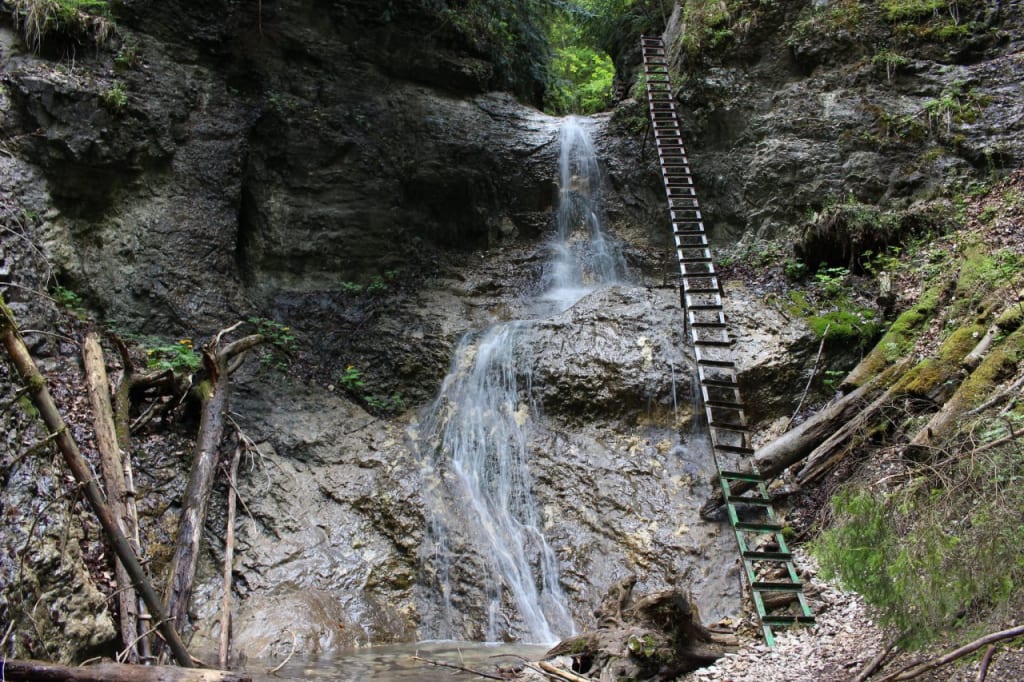
When people travel to Europe they usually have an idea about what they want to see when they reach their destination. Mostly it is all about tourist attractions and places they have read or heard about. Many familiar places they have seen on the Internet. However, if you really love nature and want to see the true beauty of a country it is also worthwhile to consider visiting some national parks.
Slovak National Paradise Park
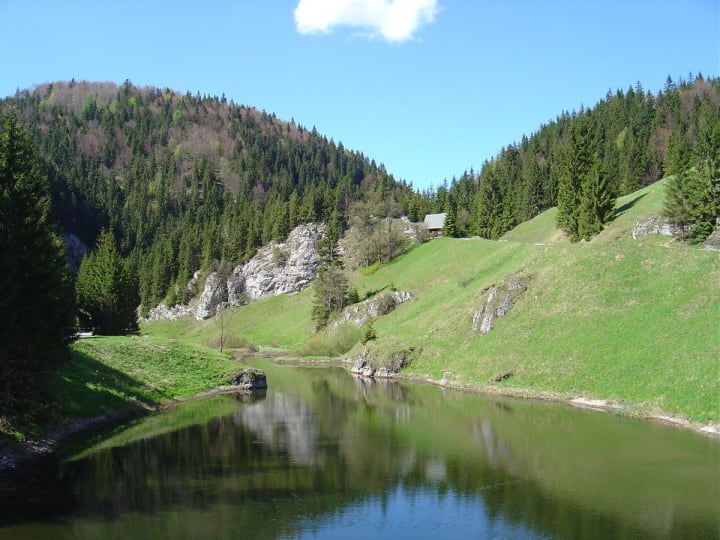
This national park is located in the north of the Slovak Ore Mountains and protects the area of the Slovak Paradise Mountain range. Within this park, there are eleven national nature reserves and eight nature reserves. For visitors, there are a lot of hiking trails all of which are equipped with ladders, chains, and bridges.
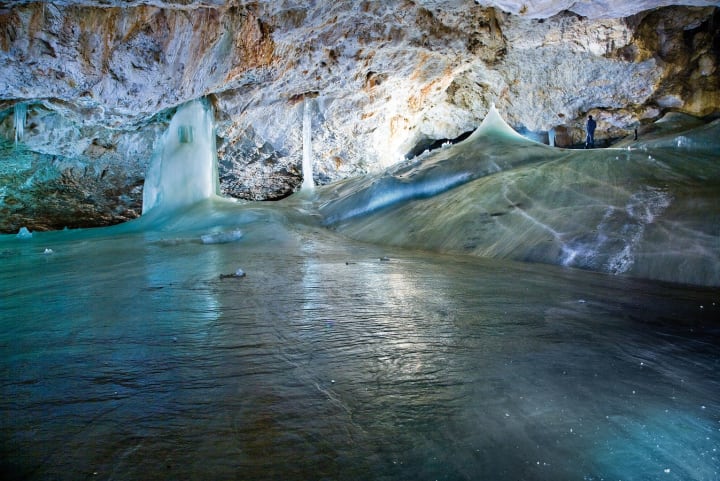
It also includes around 350 caves but the only one open to the public is the Dobsinska Ice Cave which has been a UNESCO World Heritage site since 2000. The ice cave includes such wonders as icefalls and ice stalagmites.
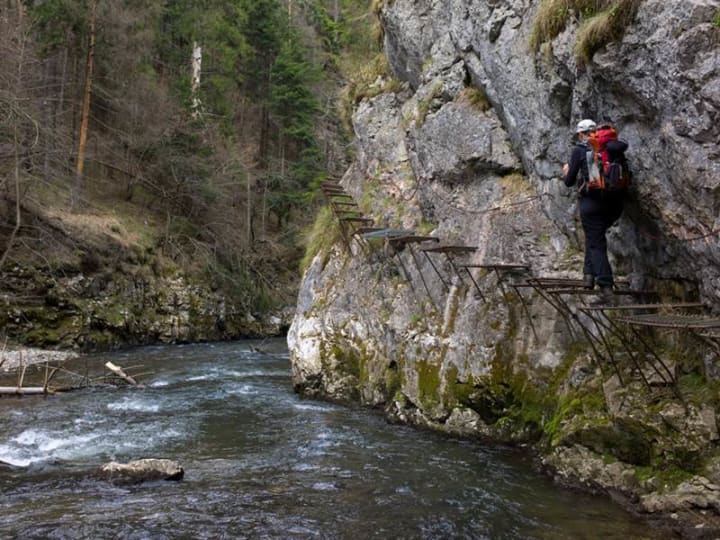
Slovak Paradise National Park is lovely and has 300 km of marked trails which stretch all through it. For visitors, it is like stepping into paradise and includes forests, wide meadows and plateaus, canyons, gorges, underground caves and waterfalls. Among the most popular nature trails and tourist points are Prielom Hornadu where Hodnad River has created a beautiful canyon, Tomasovsky view, Klastorisko offering the ruins of the Carthusian Monastery to explore, Kysel, Sokolia doline, Velky and Maly Sokol, Piecky and Sucha Bela.
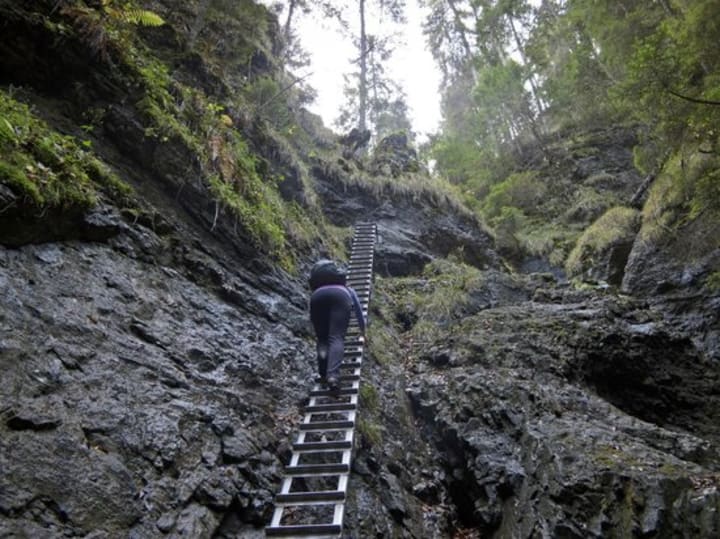
Sucha Bela is a wonderful hike. Sucha Bela gorge has marked paths which go through the national park and takes visitors past waterfalls, rock windows, cascades, ladders, natural jacuzzis and even the ruins of the Carthusian Monastery.
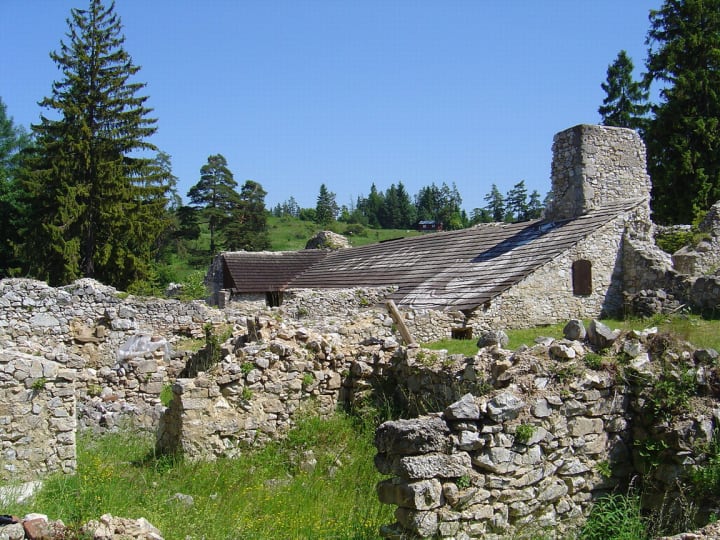
Your hike begins in Podlesok and goes one-way up the stream. When you reach Klastorisko cottage you can rest and refresh yourself with cabbage soup and some other food. The tour takes four hours.
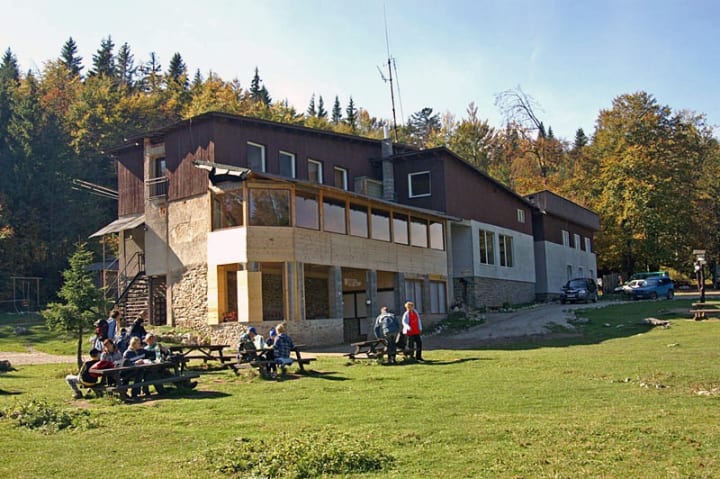
You will also enjoy taking an hour-long walk to Geravy. Here you can sit outside or inside depending on the weather at the Geravy Hotel and have a drink of Kofola which is the native alternative to coke or have a beer. Visitors can also enjoy horseback riding across the plateau.
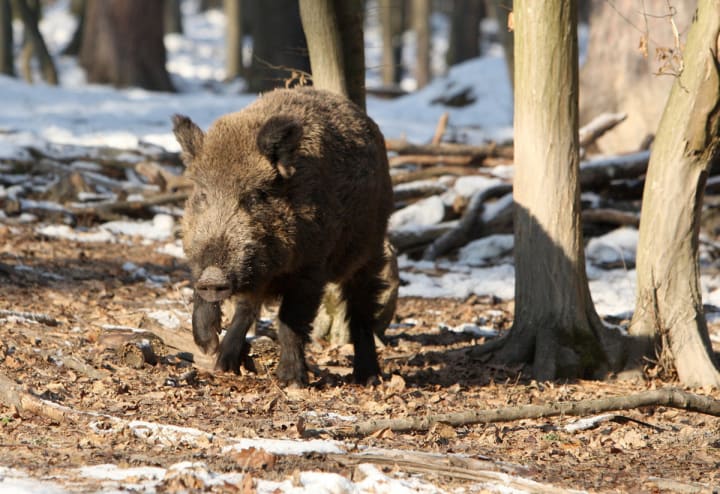
There are many notable and rare animals among which you could see the brown bear, red deer, wild boars, wolf, lynx and the otter. There are also birds such as the Golden Eagle, Common Kestrel and the black stork. The area is covered with Norway spruce, European beech, fir, larch and Scots pine.
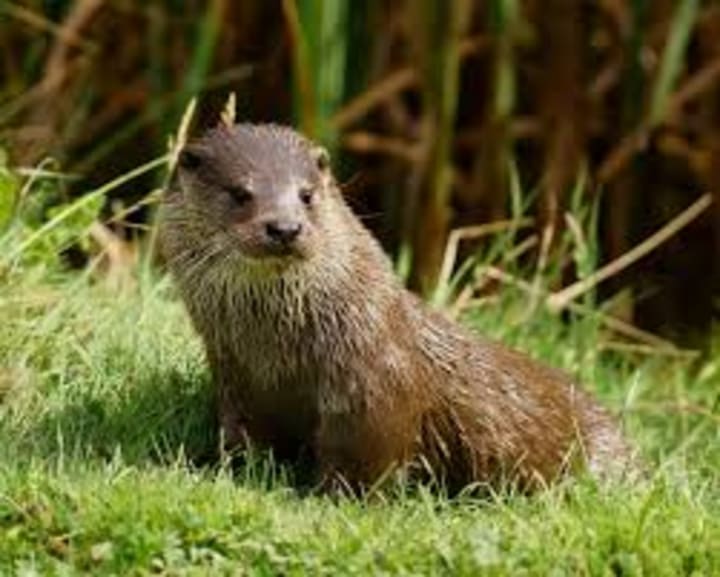
Tetras National Park Slovakia
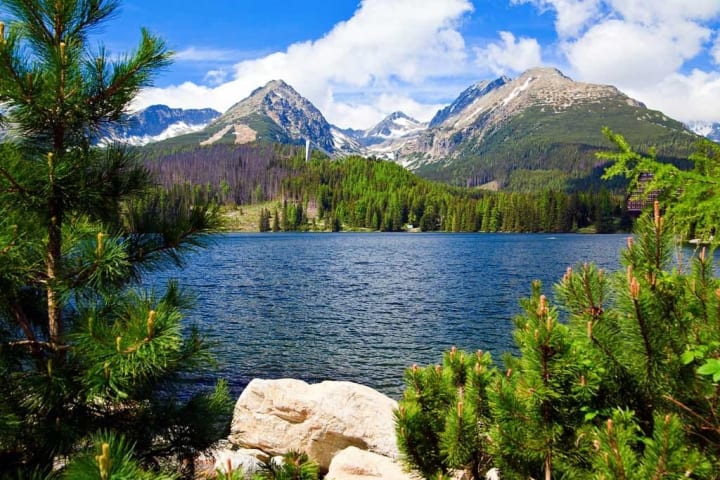
This national park is located in northern Slovakia between the river valleys of Vah in the north and Hron in the south. It is the oldest national park in Slovakia and was founded in 1949. There are fantastic untouched forests, wonderful views, waterfalls and lots of fauna.
Visitors come here to go hiking, engage in sports activities and climb to the peaks of the High Tatras for awesome views. Anyone can take up a real hiking challenge by crossing the main ridge which stretches for 50 miles. The start of your journey begins in Donovaly and ends in Certovica and it takes five days. As you go along you’ll stop to rest and sleep in huts and take in the beauty of nature in the mountains. The highest peak in the Low Tatras is Dumbier from which on a clear day you can see Hungary and practically all of Slovakia.
Other popular routes:
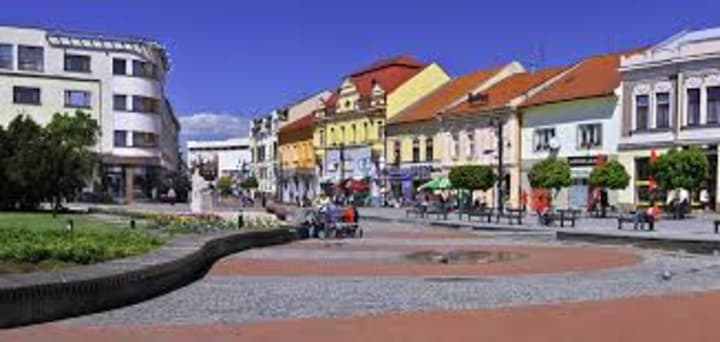
In the north, there is the city of Liptovsky Mikulas. It is a great city for families and sports enthusiasts. You can take part in activities like paragliding, rafting, and skiing. You’ll also find thermal parks around here.
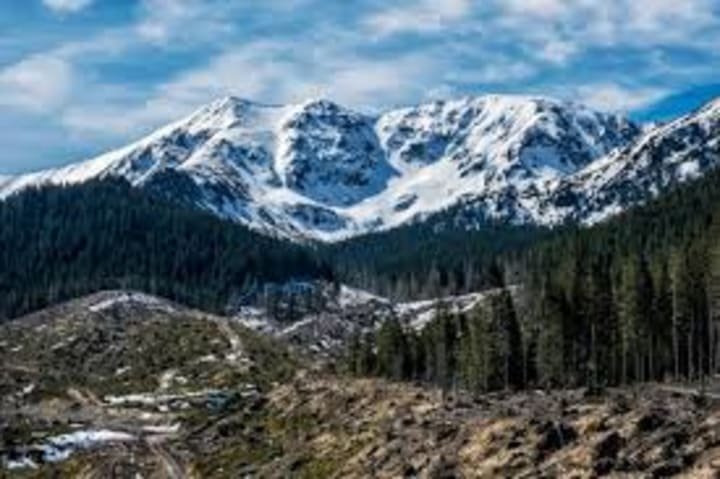
Nearby you’ll find Demanovska Valley from which you can get to winter ski resorts which have many chalets and family-owned guesthouses.
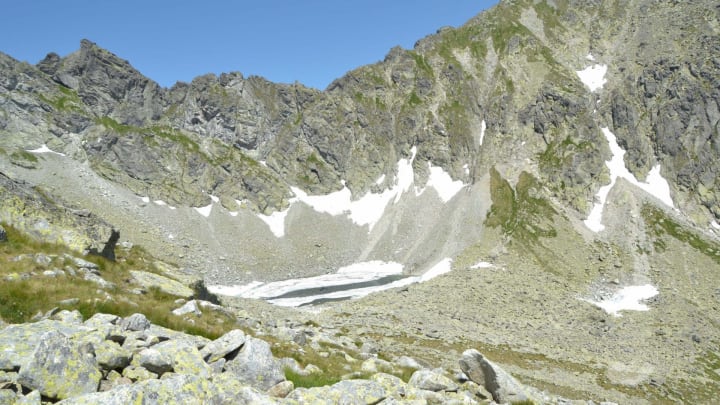
On the south is Bystra Valley.
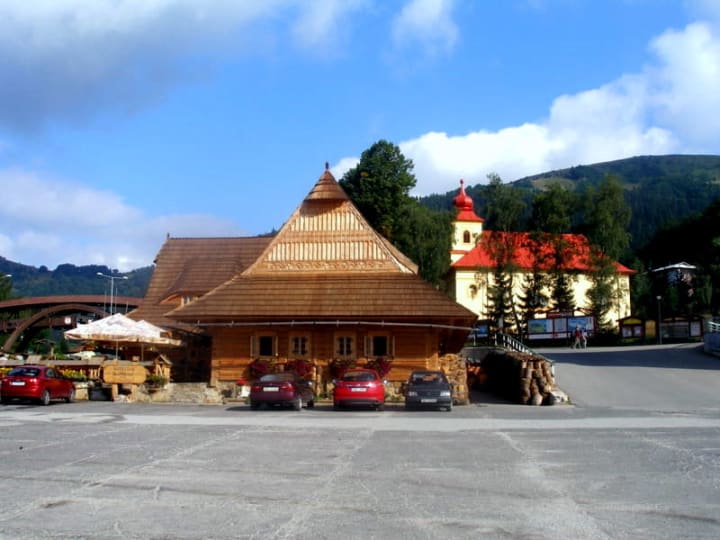
The village of Donovaly in the west which is preferred for summer mountain tourism and winter skiing and counts as one of the most important gateways to the Low Tatras and to Big Fatra.
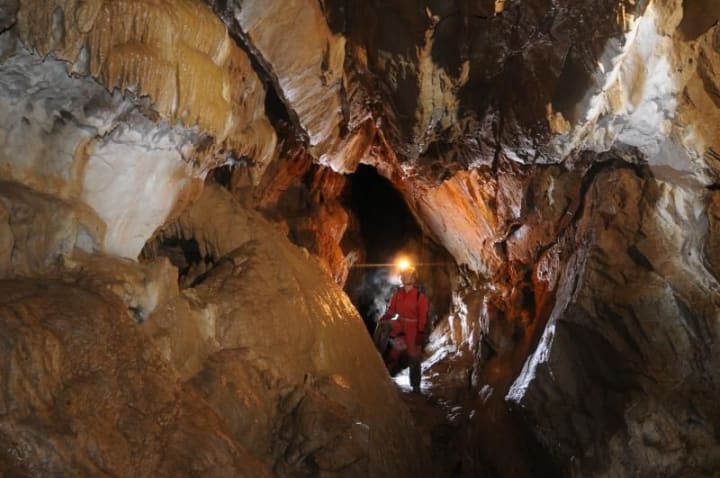
Besides all of this, there are also many caves which are accessible to visitors such as the Cave of Dead Bats and Demanovska Ice Cave. Altogether there are 840 km of hiking trails and 50 cycling routes for road, cross and mountain bikes.
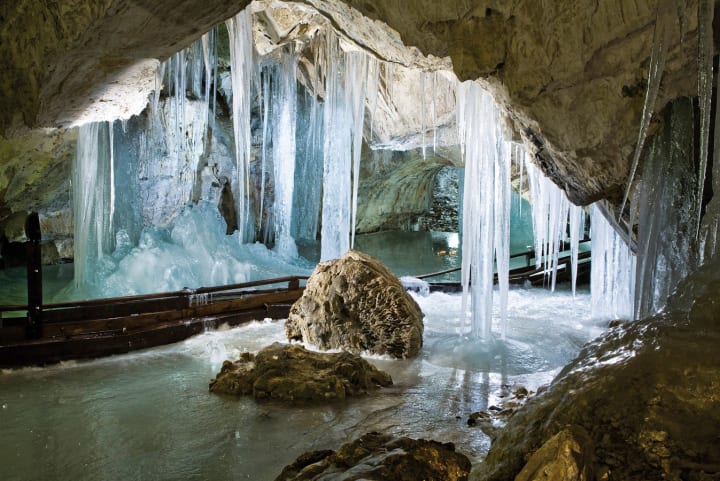
Nature and wildlife lovers will discover the chamois or mountain goat here. These goats are active during the day and you can see them in the summertime near hiking trails. There are several wolf packs prowling the national park.
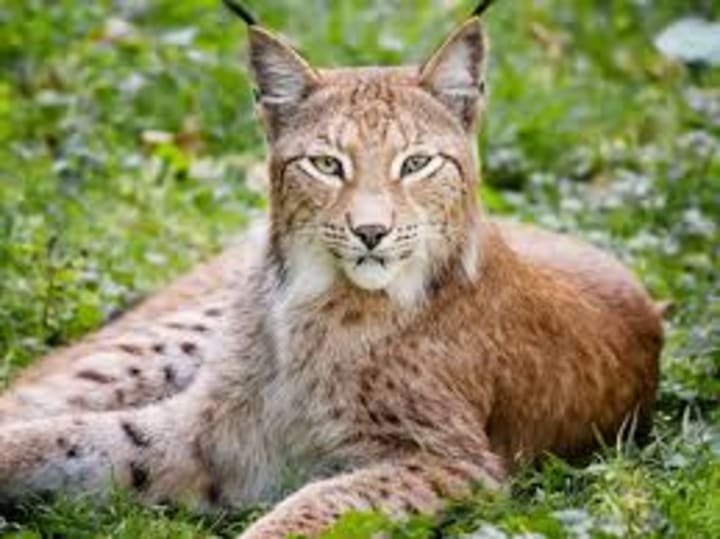
The largest feline found here is the lynx. Also, visitors might see the Tatra marmot, red deer, and wild boar. Among bird species, there is the buzzard and the lesser spotted eagle. Be careful of the common viper which is a poisonous snake.
Among the plant kingdom, the mountains here feature 900 species of algae, 1,000 of lichens and 1,300 of different kinds of plants some of which are on the endangered species list.
Triglav National Park Slovenia
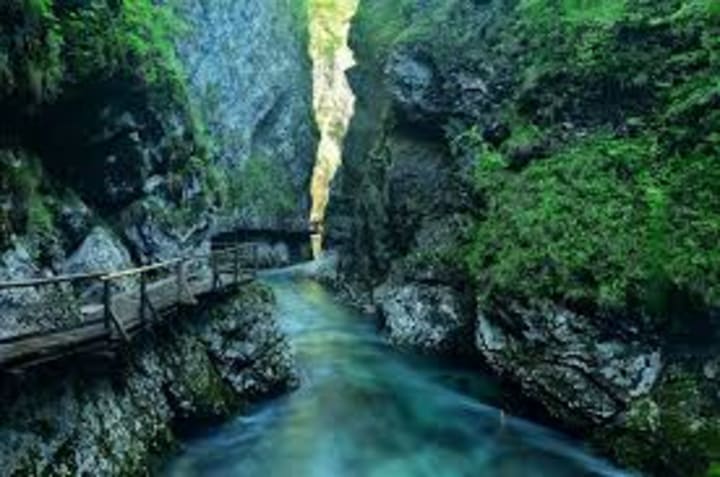
As strange as it might seem Triglav National Park is the one and only national park in Slovenia. It is located in a lovely area of the Julian Alps in the northwestern part of Slovenia.
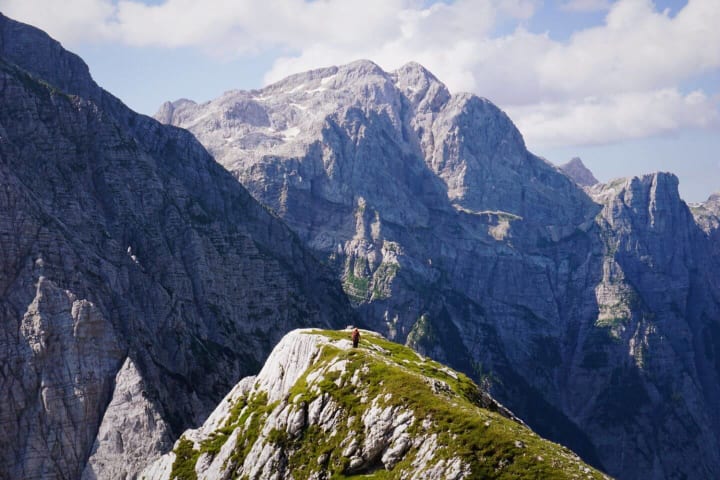
It was named after the country’s highest mountain Triglav. Triglav means “three-headed” due to its characteristic shape. The highest Slav deity supposedly had his throne on the mountain top and this mountain is a national symbol being featured on the nation’s coat of arms and flag. Here visitors can see amazing mountain peaks and beautiful valleys. This national park is bordered by Italy and Austria and is practically covered by all of the Eastern Julian Alps. The park was incorporated into the international network of UNESCO biosphere areas in 2003.
The park includes the Triglav lakes and four mighty mountain peaks – Mangart, Jalovec, Prisojnik and Spik. There are lush forests which are covered mostly by beech trees as well as north spruce and larch. The valleys supply water to two large river systems that have their sources in the Julian Alps.
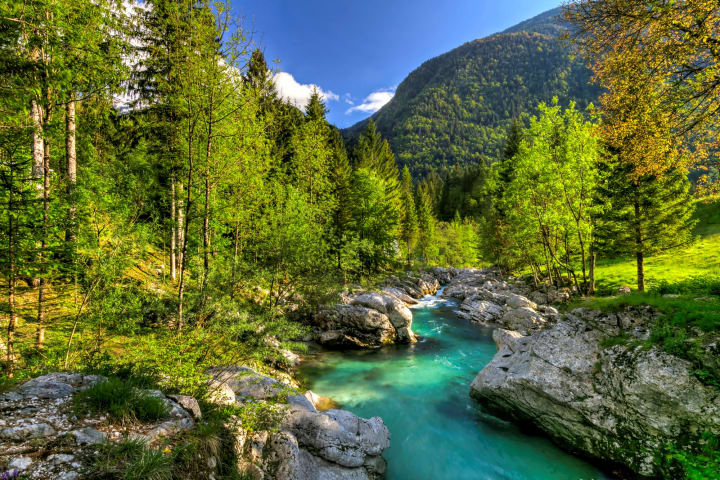
The Soca and the Sava flow toward the Adriatic and the Black Sea. Hikers can find marked and secured trails which go through the mountains and lead up to the peaks for fantastic views. Visitors can find plenty of mountain lodges and huts in which to relax and spend the night.
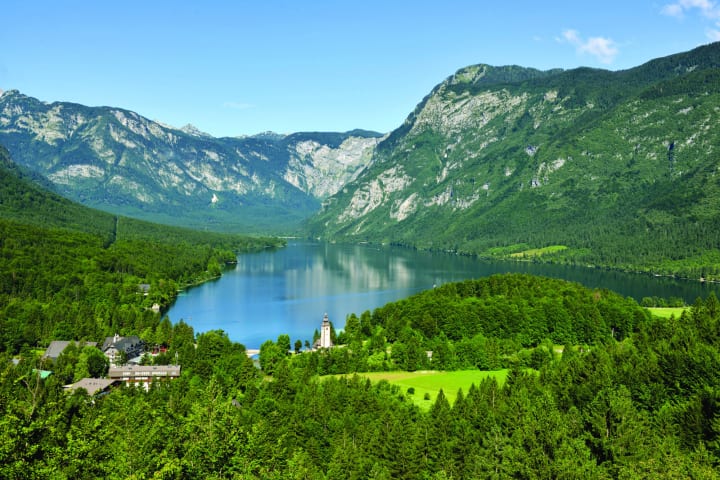
The park’s highlight is Slovenia’s largest glacial lake – Lake Bohinj. Here you can participate in water sports in the summer and in the winter it freezes. Other lakes in the park include Krnsko jezero and there are also a number of waterfalls, the two most impressive are Savica and Pericnik.
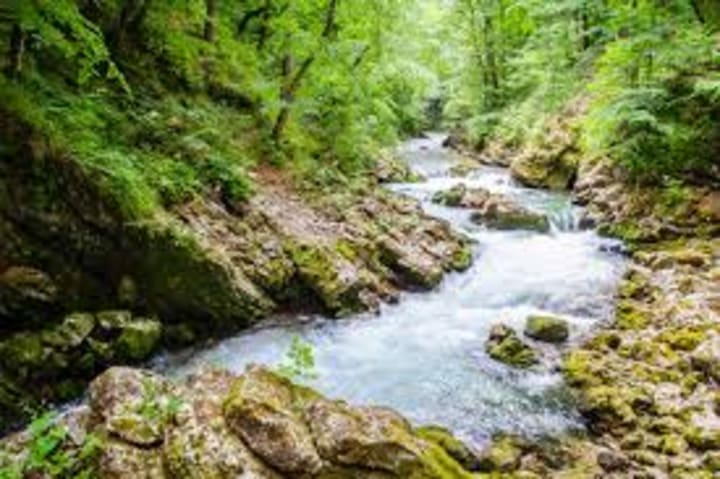
A popular tourist destination is the amazing Radovna River gorge of Blejski Vintgar. The Soca River area offers a place for high-adrenaline sports like rafting and hydro speeding.
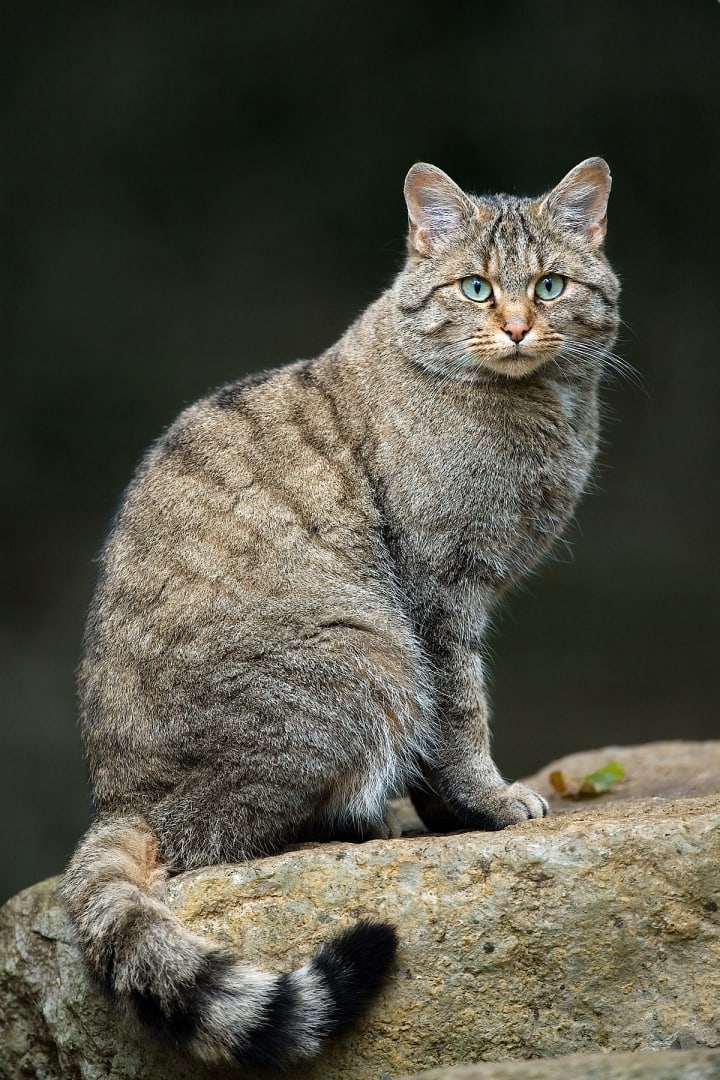
In the forests, you can find smaller animals like squirrels and larger animals like the brown bear, wolf, lynx, and wildcat. There are also chamois and roe deer. You have to be careful of the black adder a poisonous snake. There are also different kinds of insects and lizards. Among birds, you can see the capercaillie or wood grouse, the golden eagle and the black grouse.
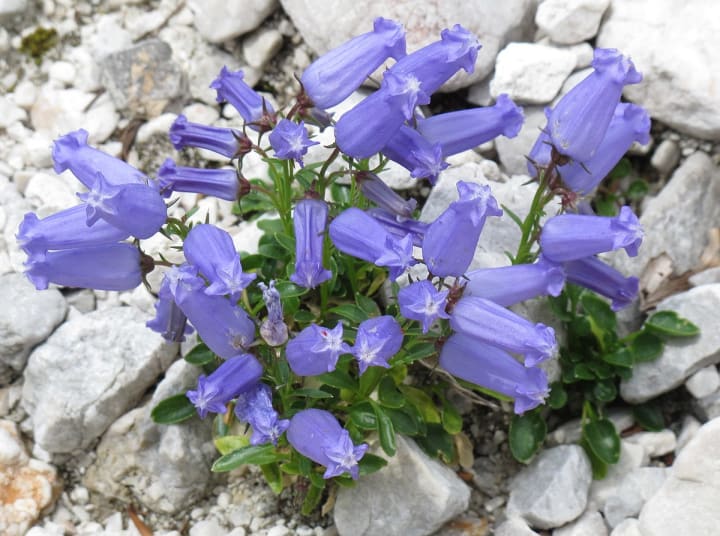
Among the world of flora, there are many different kinds of herbs, plants and bushes. Among them the vanilla orchid and the hairy alpenrose and a species native to the Alps the lovely Zois’ bellflower.
About the Creator
Rasma Raisters
My passions are writing and creating poetry. I write for several sites online and have four themed blogs on Wordpress. Please follow me on Twitter.
Enjoyed the story? Support the Creator.
Subscribe for free to receive all their stories in your feed. You could also pledge your support or give them a one-off tip, letting them know you appreciate their work.


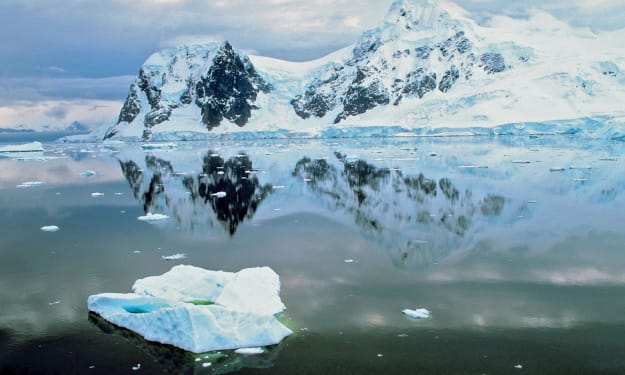

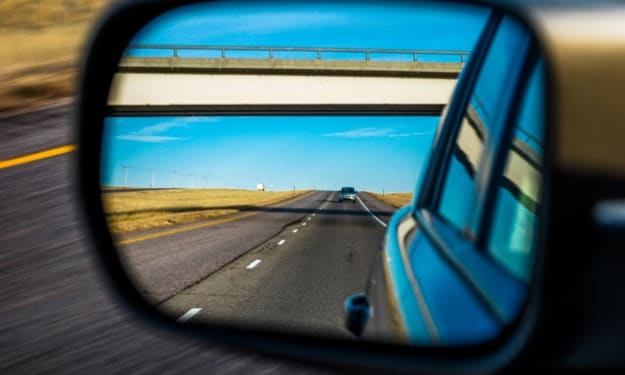

Comments
There are no comments for this story
Be the first to respond and start the conversation.